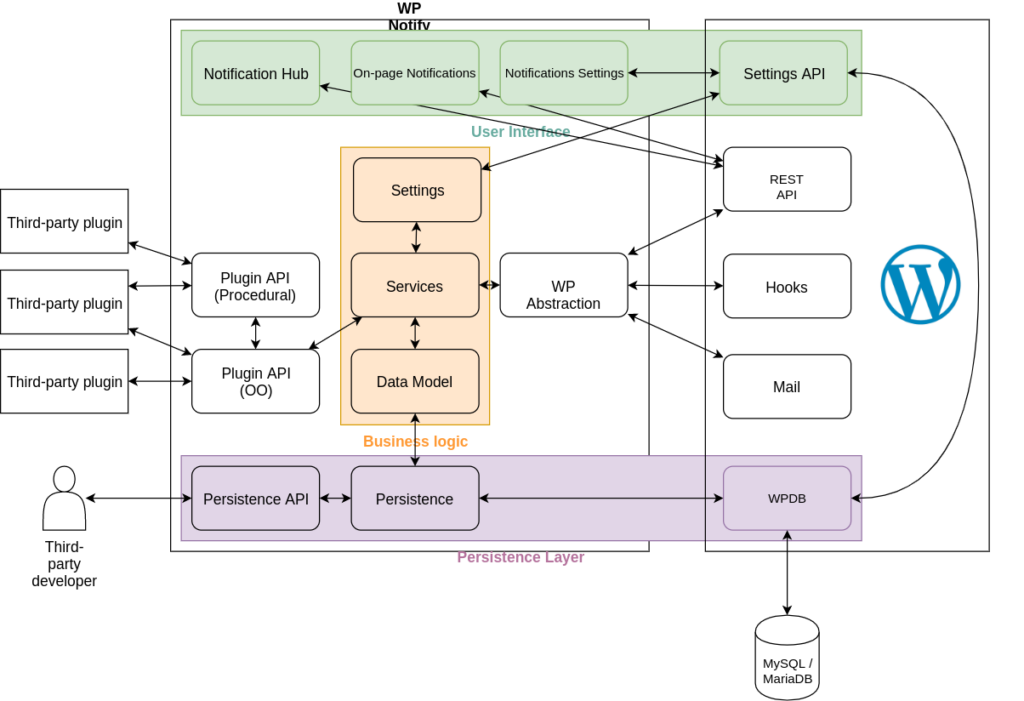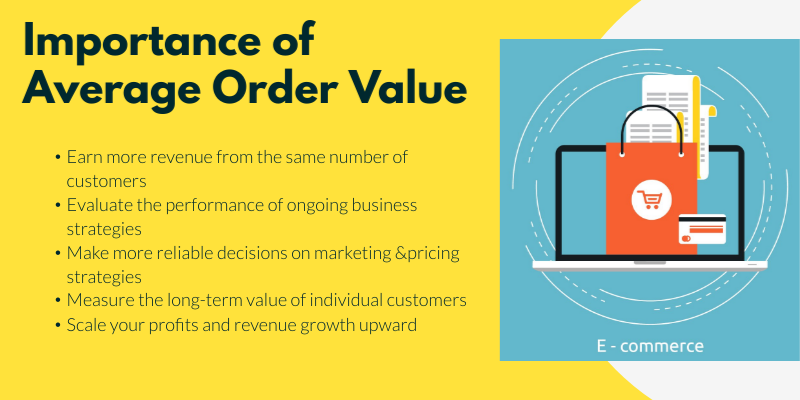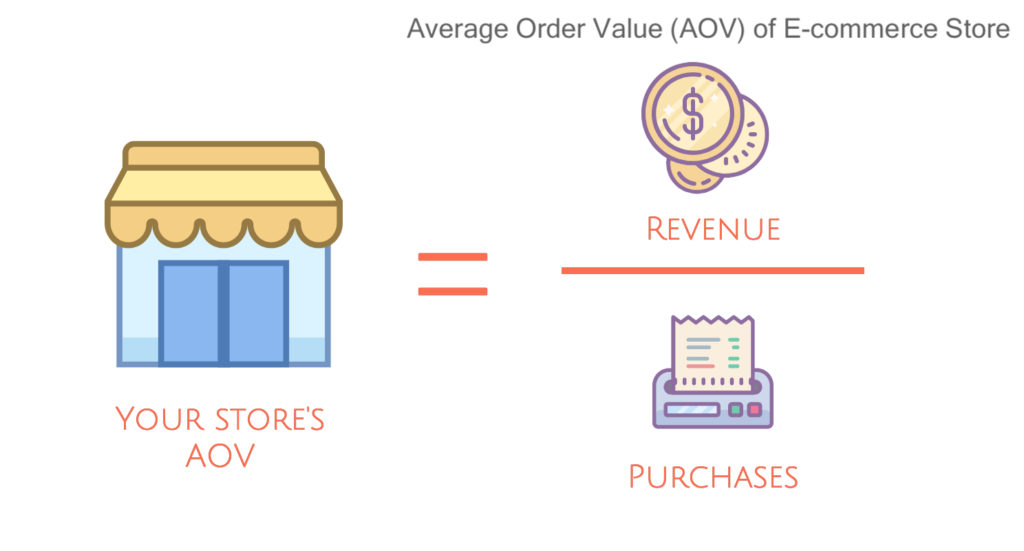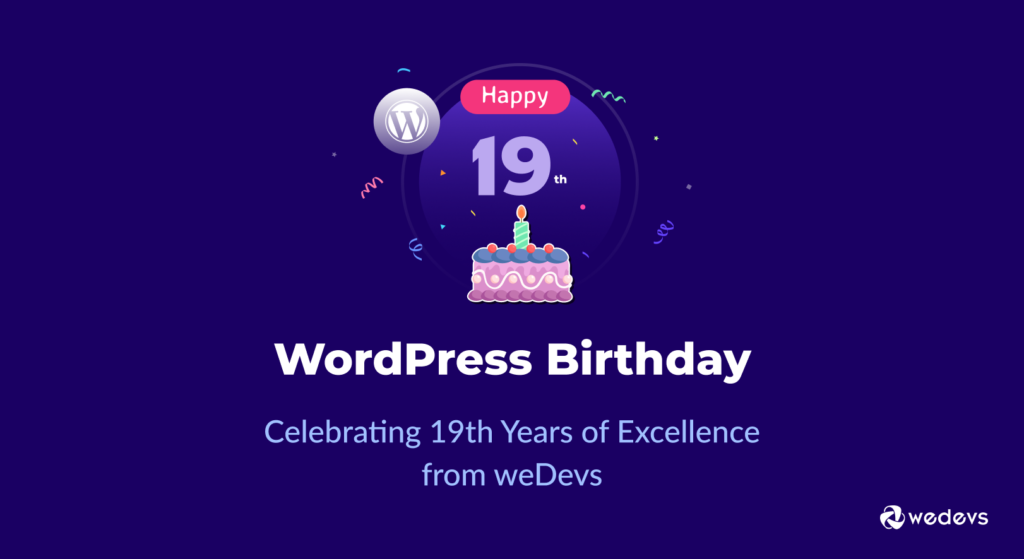Technology tends to get a bad rep when it comes to mental health issues. According to research, at-risk adolescents experience more conduct problems and higher ADHD symptoms when they exceed their normal use of technology. However, if technology is the problem, can it also be the solution?
Mental Health Technology: Then. Now. Future
Over the last few years, technology for assessing, monitoring, and managing mental health issues has swiftly taken. Many anticipate that if technology continues to advance quickly, it will offer creative answers to the myriad problems that mental health services currently confront.
The COVID-19 epidemic and the ensuing rise in public exposure to remote healthcare technologies have expedited the shift toward new contactless kinds of mental health support.
According to Deloitte, global spending on mental health technology has grown twofold since 2019 – from $203 million in 2019 to $491 million in 2022. Why? Let’s look at the health statistics.

Source: https://www2.deloitte.com/xe/en/insights/industry/technology/technology-media-and-telecom-predictions/2022/mental-health-app-market.html
Against the backdrop of global turbulence and economic crises, we, humans, are facing a looming global mental health crisis – the biggest we have ever had. In the US alone, almost 53 million adults live with a mental illness.
Mental health disorders in adolescents are at an all-time high as well. one in seven10-19-year-olds experiences a diagnosable mental disorder, which translates into 13% of the global burden of disease in this age group. The leading triggers of illnesses are reported to be depression, anxiety, and behavioral disorders.
It’s estimated the global cost of this crisis will reach USD 16 trillion by 2030, including both direct and indirect costs. And it’s now clear that the old ways of diagnosing and managing mental illnesses do no work.
Why traditional mental health treatment doesn’t suffice
Statistics demonstrate that 75% of people with mental illnesses in England may not get access to the treatment they need. In the US, this number is lower, yet still significant – a total of 27 million people do not receive the treatment. And there are some tangible reasons behind this downward tendency.
Stigma
Be it ignorance, misinformation, or personal issues, the stigma around mental illnesses is still strong. Moreover, individuals may experience self-stigma which includes internalized shame about having a condition. As a result, people are too afraid to get therapy and come out about a mental illness.
How technology can help: mobile applications can reduce stigma by providing easy-to-access information about mental illness that helps prevent discrimination and encourage more acceptance. Moreover, virtual treatment is more anonymous than physical appointments so clients can seek treatment options without involving other people.
Accessibility of healthcare services
Sufficient and high-quality healthcare helps individuals overcome their health challenges, especially when it comes to mental health. However, over 95%of individuals report at least one barrier to healthcare access. High costs account for over 13% of missed treatments.
How technology can help: although digital care isn’t enough to treat severe mental health conditions, it can still complement traditional psychological counseling (psychotherapy) to control symptoms. Moreover, telehealth can eliminate structural barriers to getting online psychiatry and therapy. Thus, digital healthcare solutions such as BetterHelp or Amwell have proven to be as effective as in-person therapy, and come at lower costs.
Scarcity of mental health services
In 2022, the healthcare industry is experiencing a growing psychiatrist shortage. Thus, the dearth of mental health professionals has affected over 150 millionpeople. According to analysts, between 14,280 and 31,109 psychiatrists will be needed in the nation within a few years. Geographical constraints also prevent people from seeking treatment.
How technology can help: digital health helps reach people that live in rural areas and provide access to a larger pool of professionals, bypassing geographic boundaries.
Emerging technologies in mental health
Now that we have reinforced the importance of technology in improving mental health services, let’s see what kind of technology can help bridge the gap. The range of digital health solutions is immense – from wearables and symptom checkers to IoT and virtual counseling. I’ll flesh out the basics of the most widespread tech pieces in the area.

Source: https://www.healthcareexecutive.in/blog/mental-healthcare-gap
Mobile apps
Even if individuals living with mental disorders around the globe lack access to mental health care, they’re most likely to have access to a mobile phone. The global mental health apps market size stood at $4.2 billionin 2021 and is projected to grow at a CAGR of 16.5% from 2022 to 2030.
Smartphone apps can offer flexible 24/7 support, based on individuals’ lifestyles and needs. Some apps are designed to help manage specific symptoms such as anxiety or depression. They can also give users reminders so that individuals don’t forget to take medication or record how they’re feeling each day.
Our team had a chance to build a mental health application that helps patients connect with counselors and therapists based on their specialty and state. The TheCalmerry app also includes telehealth features that allow patients and therapists to communicate with each other. Around 88% of clients have found the app to be as effective as traditional therapy.

Source: The App Solutions
Predictive analytics
Experts tend to talk about artificial intelligence as a silver bullet for all problems. And there’s something to it. Its unprecedented capability to analyze mounds of data, discern hidden patterns, and generate predictions bodes well for mental health as well.
Enter digital phenotyping.
Digital phenotyping is the use of digital devices to measure and track an individual’s physiological and behavioral data. This data can be used to infer information about the individual’s health, well-being, and risk for certain diseases. Clinicians can also monitor treatment adherence and response in psychiatric patients.
Facebook was among the first to employ predictive analytics to identify users with severe depression.
Predictive analytics can also be used to make predictions about the likelihood of developing a mental health condition or possible clinical outcomes. Thus,Healthcare Financial Management Association developed a tool that identifies individuals likely to require crisis services such as A&E, community mental health crisis services, or inpatient care.
Immersive technologies
Immersive technologies are becoming increasingly popular, with a wide range of applications in gaming, entertainment, and education. But immersive technologies are also being used in more unexpected ways, such as in the treatment of mental health conditions.

Source: https://unsplash.com/photos/8vn4KvfU640?utm_source=unsplash&utm_medium=referral&utm_content=creditShareLink
Virtual reality (VR) and augmented reality (AR) are being used to help people with anxiety, PTSD, and other conditions. These technologies can be used to create experiences that are calming or therapeutic, and studies have shown that they can be effective in treating mental health conditions.
The thegameChange study by Freeman had 346 participants, making it the biggest VR treatment trial for a mental health problem to date. The researchers discovered that their immersive strategy lessened the anxiety and discomfort brought on by commonplace circumstances and that automated VR therapy was especially helpful for people with severe agoraphobia.
Prescription video games
Excessive gaming is often associated with having a detrimental effect on mental health. However, ADHD video game treatment has proven to improve attention function in children 8‑12. Yet, it can only be used as a supplemental tool and cannot substitute for medication. As of today, there is only one therapeutic game approved by the FDA and that’s EndeavorRX.




















